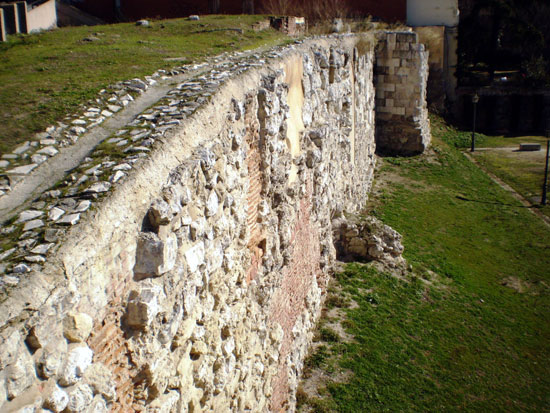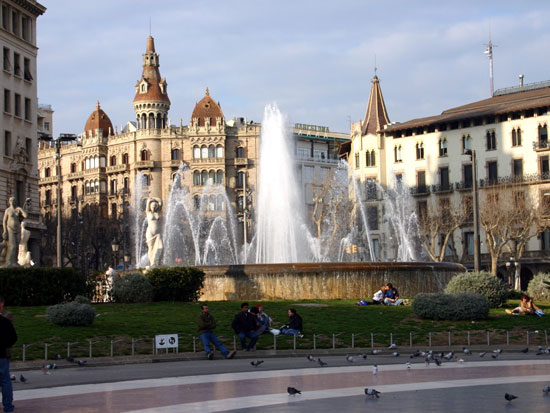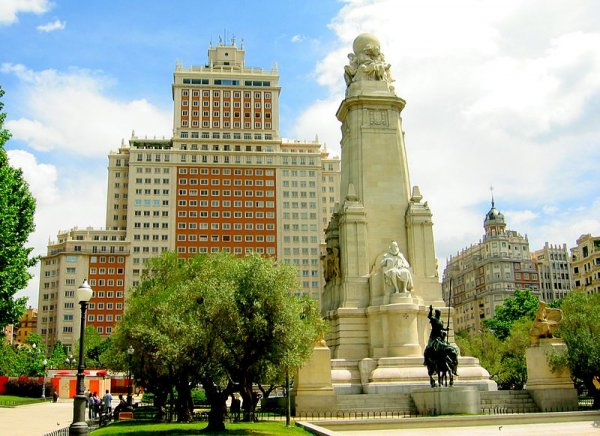Points of Interest
Arab Wall
Muralla árabe Cuesta de la Vega
Madrid, Spain
You'll find no palaces here, no museums, nor modern art galleries. But this is where Madrid started out, as an Arab fortress built on the site near a supply of fresh water. Mayrit, deriving from the Arabic words for water source, eventually became Madrid. As a survival necessity, water played a vital role in medieval castle planning. After all, even the most impregnable mountaintop stronghold will prove to be of little avail without adequate drinkable water. At Cuesta de la Vega, visitors can see the city's last remaining stones from the old Arab wall. The wall is part of the fort built on the banks of Rio Manzanares in the ninth century by Mohammed I, Emir of Cordoba.
Casa Batlló
Passeig de Gràcia, 43
Barcelona, Spain
Casa Batlló is one of the two great buildings designed by Catalan architect, Antoni Gaudí. A pioneering figure of Art Nouveau and modernism, Gaudí has several famous buildings in Barcelona, many featuring wavy shapes, patterns, bright colors, and designs that seem from a fantasy world. Casa Batlló is a UNESCO World Heritage site and one of Barcelona’s most iconic avenues thanks to its modernist legacy. From the outside the façade looks like it has been made from skulls and bones. The skulls are in fact balconies and the bones are supporting pillars. Gaudí used colors and shapes found in marine life as inspiration for the building. An audio tour gives fascinating insights into Gaudí and his influences when designing the house. A theatrical tour takes place only on Sundays, and admission for children under age 7 is free.
—Information provided by Barcelona Tourist Guide and Casa Batlló
Catalonia Plaza
Plaça Catalunya Central Barcelona
Barcelona, Catalunya, Spain
Plaça Catalunya is a prominent square in central Barcelona that was developed in 1888. Regarded as the meeting place of the old city and the 19th-century extension (L'Eixample District), the 5-hectare (12-acre) square is a vantage point for some of the most popular attractions in the city. Other attractions of the square include fountains, statues, and pigeon haunts. The area around Font de Canaletes is frequently used for demonstrations. The square also is the nerve center of Barcelona's transport system.
Plaza de España
Plaza de España
Madrid 28008, Spain
Plaza de España stands on a site that was occupied by a barrack near the Palacio Real. It features a monument to Miguel de Cervantes Saavedra, the famous Spanish poet, playwright, and creator of the fictional Don Quixote de la Mancha. The tower also houses bronze sculptures of Don Quixote and his squire, Sancho Panza. Two of Madrid's most prominent skyscrapers, Torre de Madrid and Edificio España, flank the plaza.
Copyright © 1993—2025 World Trade Press. All rights reserved.

 Spain
Spain 


